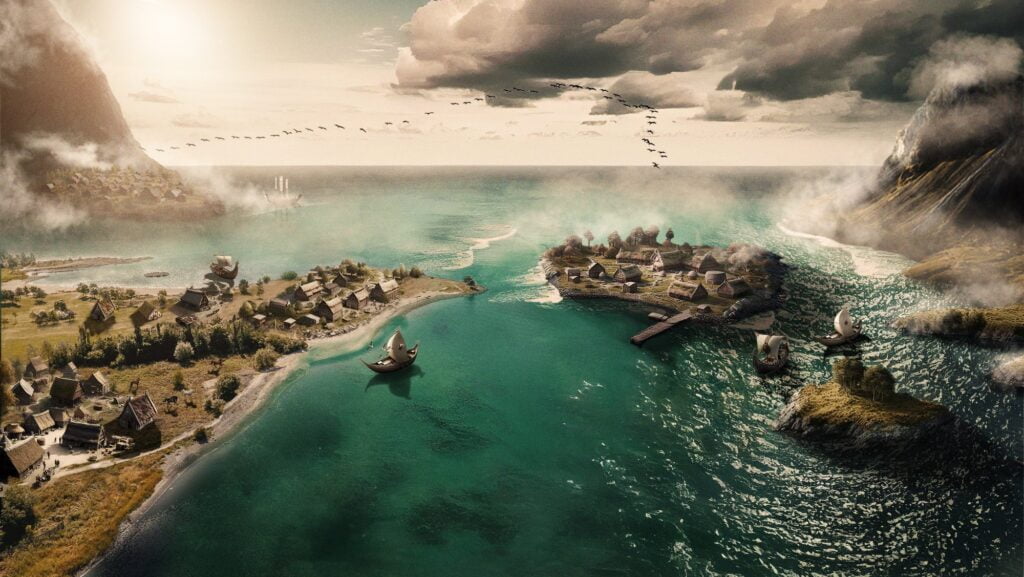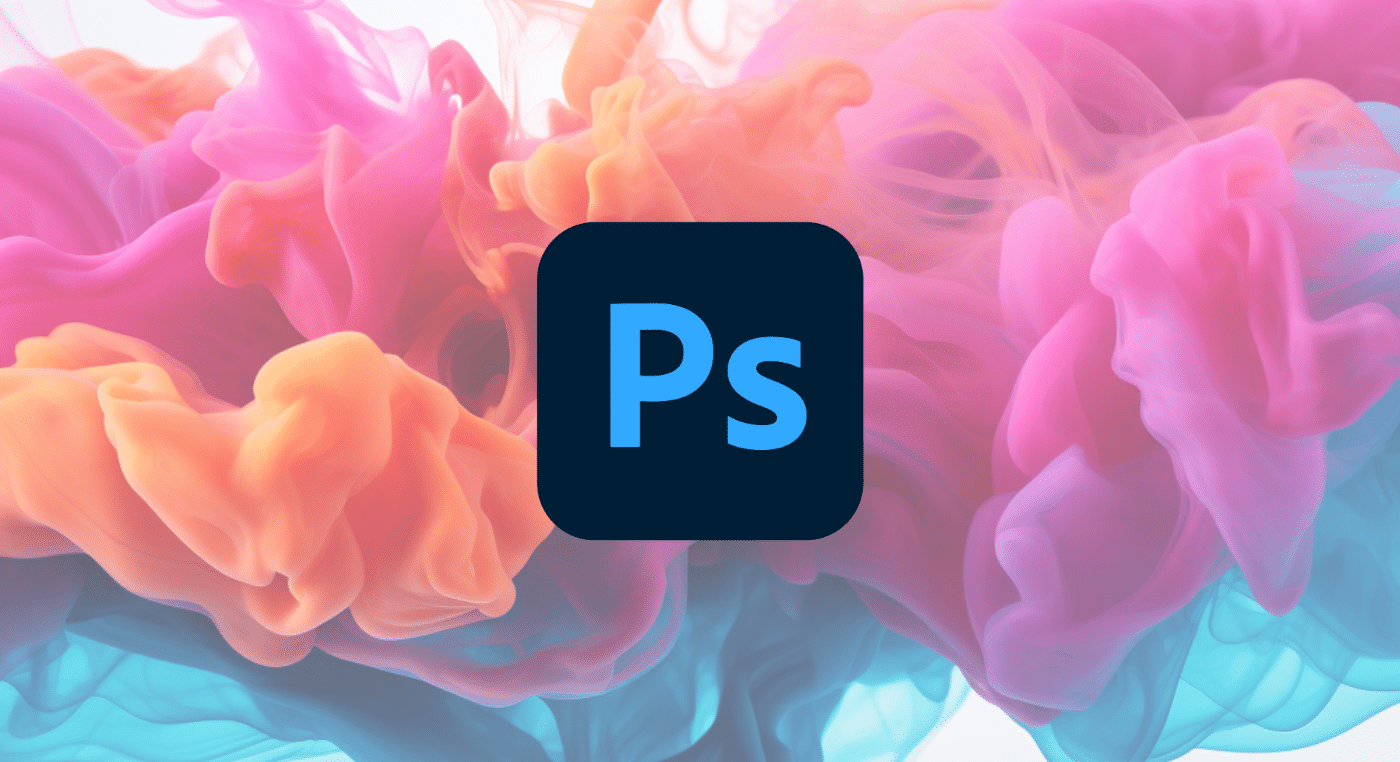With the emergence of Artificial Intelligence (AI) platforms capable of creating images, many artists and designers have wondered how this technology will impact their work.
Some fear that AI will replace human labor, leaving no room for creativity and innovation.
But the truth is, there's nothing to fear. On the contrary, it's important to understand what's happening and to use these new technologies to improve our processes and work.
To help you get started, we've created a step-by-step guide on how to use AI to improve your art. With this guide, you'll learn how to harness the power of AI to create stunning visuals and enhance your artistic vision.
AI collaborating with art: what was our exercise?
To better understand the capabilities of Artificial Intelligence (AI) in image creation, we created a piece of art from scratch using AI and other software tools, alongside human skills and experience.
Our professor, Marcelo Dantas, experimented with various AI platforms and processes, eventually optimizing his time and generating unique assets for the project.
Through this exercise, we were able to identify the strengths and limitations of AI in art creation, and learned how to incorporate this technology into the creative process.
We used the MidJourney and ChatGPT platforms for this experiment, which proved to be valuable tools in exploring the potential of AI in the art and design fields.
Reading tip: Artificial Intelligence: How AI is Changing Art
It all starts outside of AI and within us
Creating art with the help of Artificial Intelligence (AI) starts with human creativity. No matter which AI software you use, the initial idea must be clear and well-established before the tools can be useful.
The same is true when we talk about Artificial Intelligence in art creation. Platforms like MidJourney and ChatGPT require an initial input to work, and this input does not come from any machine but from us.
When it comes to creating art with the help of AI, the first step is familiar to all designers: brainstorming ideas, generating concepts, and refining them. This initial phase is crucial and no different from the beginning of any creative project.
For our exercise, Professor Marcelo first had the idea of creating a piece of art based on a Viking village. To do this, as always, he first sketched the idea.
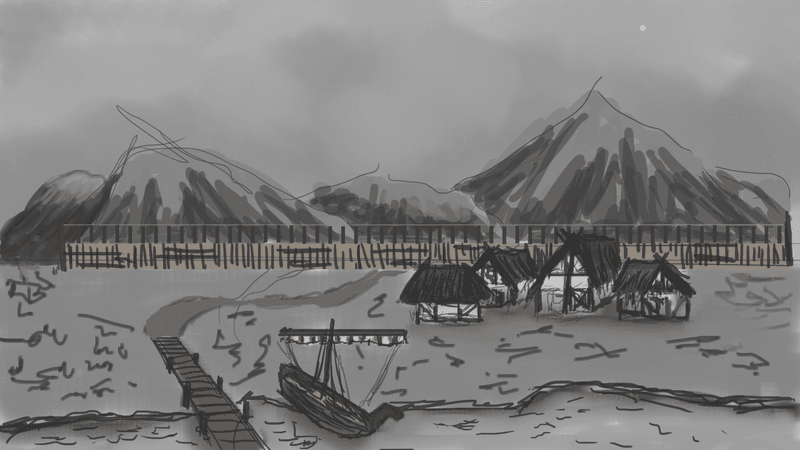
Improving the idea by searching for references
After sketching the idea, continue the process as you would with any other creative project and search for references.
For this exercise, Dantas searched for references on websites that offer stock images, like Shutterstock.
Remember that creating artwork never happens by using AI platforms alone but in combination with the various resources you have on hand.
For this exercise, Professor Marcelo gathered various references, including one that served as the basis for the entire creative process.

Using AI to start creating the artwork
At this point, we can consider the assistance and collaboration of AI to begin creating the artwork.
The goal is to understand how AI can create the image we have in mind, based on the references and the sketch.
To do this, we need to write a prompt (command) in the platform so that the AI can translate the text into an image.
In the case of this exercise, Professor Marcelo initially inserted a description in MidJourney but did not obtain the details he wanted.
So he turned to ChatGPT to refine the idea, providing more details and making the context richer and more interesting.
The prompt for GPT was:
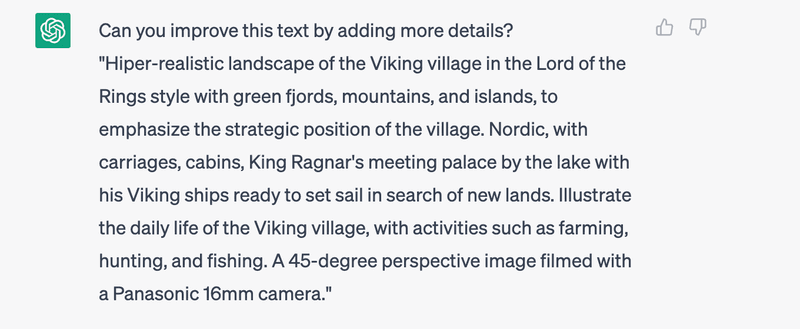
And ChatGPT response was:
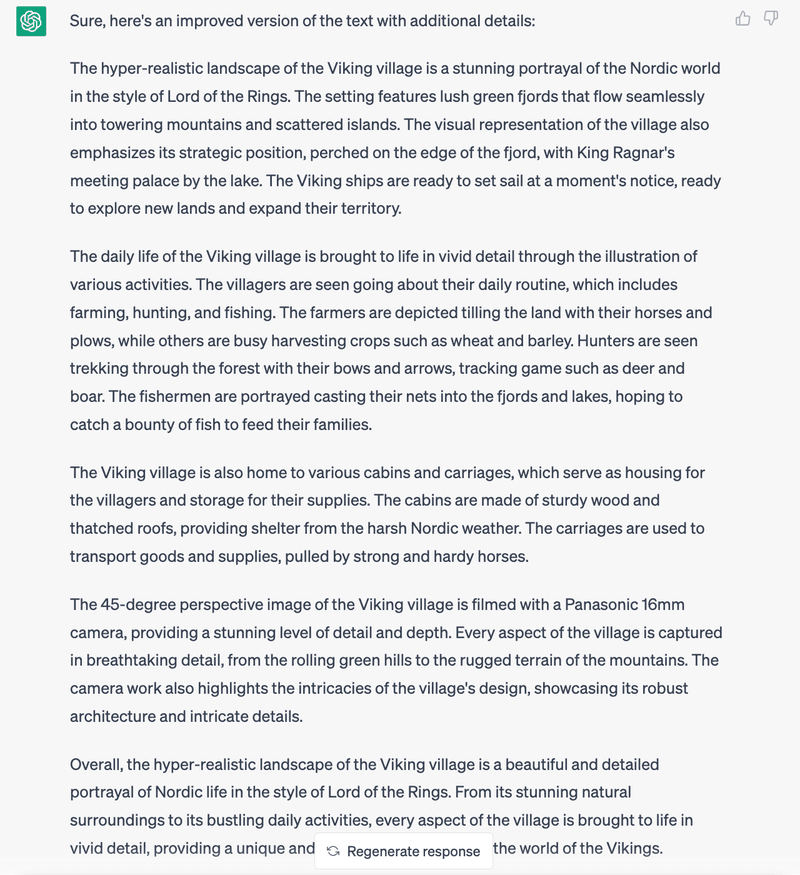
Note that AI was used to improve the initial idea, not to create something new from scratch. As we mentioned, the initial input will always be human. The idea is ours and no one else's.
A tip for using MidJourney in the best possible way is to read its documentation. There, you can understand how to create images in different formats (aspect ratios) and different qualities


Create Assets for your artwork using AI
With the base image and several references at hand, it's finally time to start creating the artwork.
In this regard, collaborating with AI allows you to create the Assets you need to manipulate and compose your art.
Instead of searching for necessary Assets on image banks, which can be time-consuming, you can simply ask the AI to create what you desire.
In the exercise, Professor Marcelo created the boats, the water, parts of the mountains, and the Viking village to use in his artwork.
This makes the creation process smoother and more efficient.


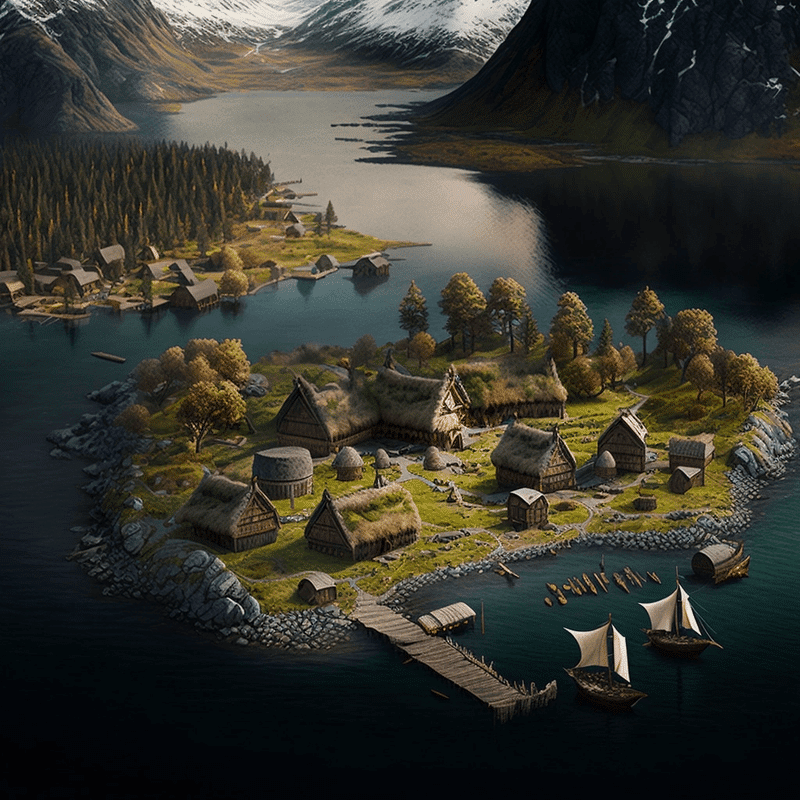
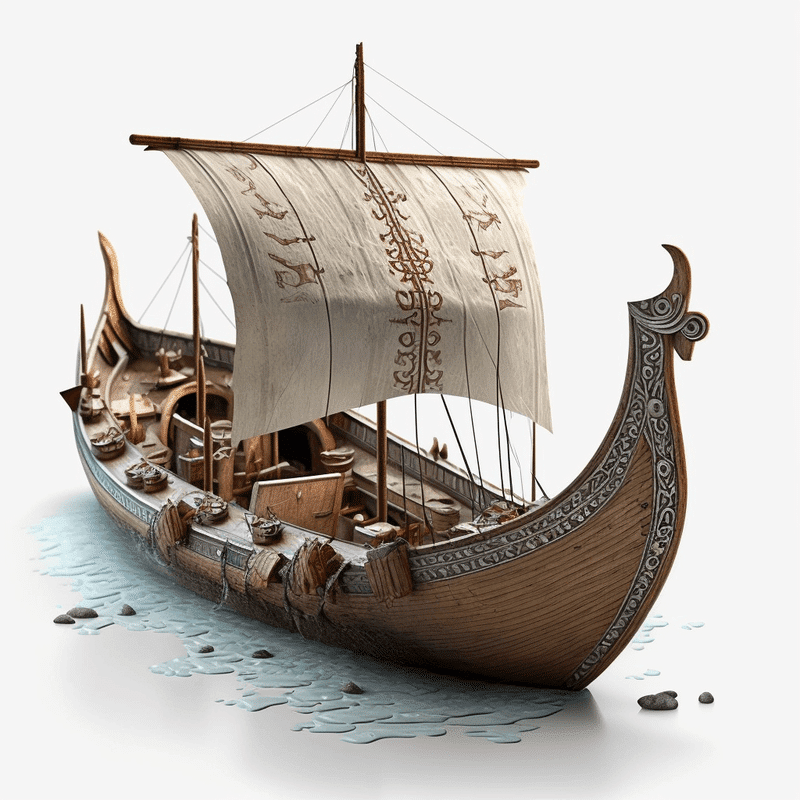
One tip for the process is to ask the AI platform to create images that facilitate manipulation.
For example, in the case of the exercise, Professor Marcelo asked MidJourney to create boats and houses on a white background to facilitate cropping.
In addition, it is possible to request specific angles and styles.

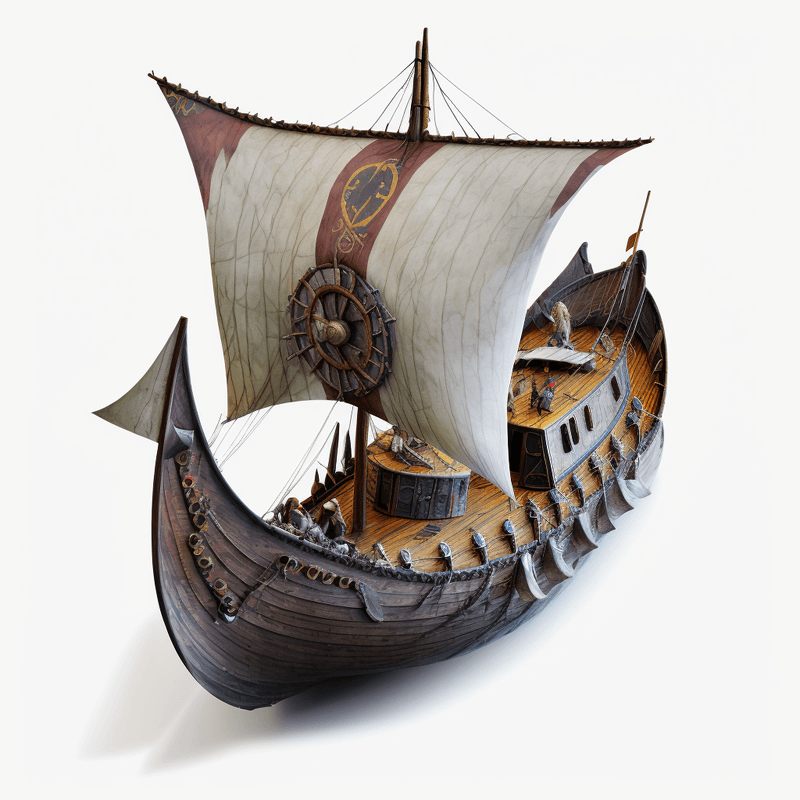

Work as always
At this point, you have everything you need. You have a consolidated idea, a base image, and assets to use.
From here on, it's a matter of working as you would in any other project or creative endeavor.
Manipulating, cutting, improving, and composing the final artwork, with the difference being that you'll be using assets previously generated by AI.
In the exercise, Professor Marcelo created the artwork using both the assets generated by AI and resources from stock image websites, leveraging his experience with Photoshop.








As you can see, even in the end, we still manipulated the images a lot, working with Photoshop to achieve the desired result.
This is the idea of working with AI to create art. To use technologies collaboratively to enhance and optimize your work as a whole.
Reading tip: 7 Mistakes to Avoid When Transitioning to UX Design
What are the main differences in using AI to create Art?
As we observed, utilizing AI to create pieces of art should not be exclusive to composing the project of artists and designers. In other words, AI is an additional tool to aid the process, not the entire process itself.
The main difference is time optimization. Those with experience with 3D creation know how time-consuming the process can be. For instance, if you ask a designer in an agency to create some 3D assets for your art, it can take several weeks, depending on the request.
On the other hand, AI platforms can create 3D assets in just a matter of seconds. In the exercise, Professor Marcelo created various images and assets in 3D on MidJourney in a short amount of time.
Without AI, such flexibility and possibilities would not be feasible. Optimizing time leads to another possibility: fewer people are involved in the creation process.
Is it possible to create an entire artwork using only AI?
This is a common question when we think about artificial intelligence platforms. The answer, however, depends on your goals when creating the image.
If it's just a hobby or a simple illustration for personal use, then it's possible to use AI to create the entire artwork without needing further adjustments or manipulations.
However, if your goal is more professional, such as creating artwork for a client, it becomes more complicated.
This is because AI-generated images and texts often have nuances, small errors, and inconsistencies that can significantly affect high-level professional use.
Therefore, if you intend to use AI in your daily work, you cannot rely solely on the platforms to create interesting artwork. It's necessary to have human manipulation and perspective to refine what AI creates.
AI as an assistant
We've mentioned this before, and I can't stress it enough – using AI as a tool for your creative processes is incredibly valuable.
With just a few clicks, you can enter a command, and voila – a new image is created before your eyes. It's easy to be satisfied with the result and move on to the next task.
However, it's important to remember that we shouldn't settle for mediocrity.
If we accept the first output created by AI without further exploration, we're essentially handing over our creative control to a machine. We risk losing our ability to think critically, evaluate and improve.
By leveraging the power of AI, you can save time, generate new ideas, and take your creativity to the next level.
But it's essential to understand that AI can't replace your unique artistic touch. Its output is only as good as the instructions it receives.
So, don't make the mistake of thinking that AI can take over all of your work as an artist or designer. If you rely too heavily on AI, you risk losing your job, not because the machine is better than you, but because you've lowered your standards.
Our hope is that this guide has opened your mind to the possibilities of AI platforms as a tool for assisting you and improving your creative process.
Don't be intimidated by technology – embrace it to enhance your process. Let's adapt to the future and keep pushing the boundaries of what's possible.
Reading tip: How to Pivot Into a UX Design Career: 10 Initial Steps


